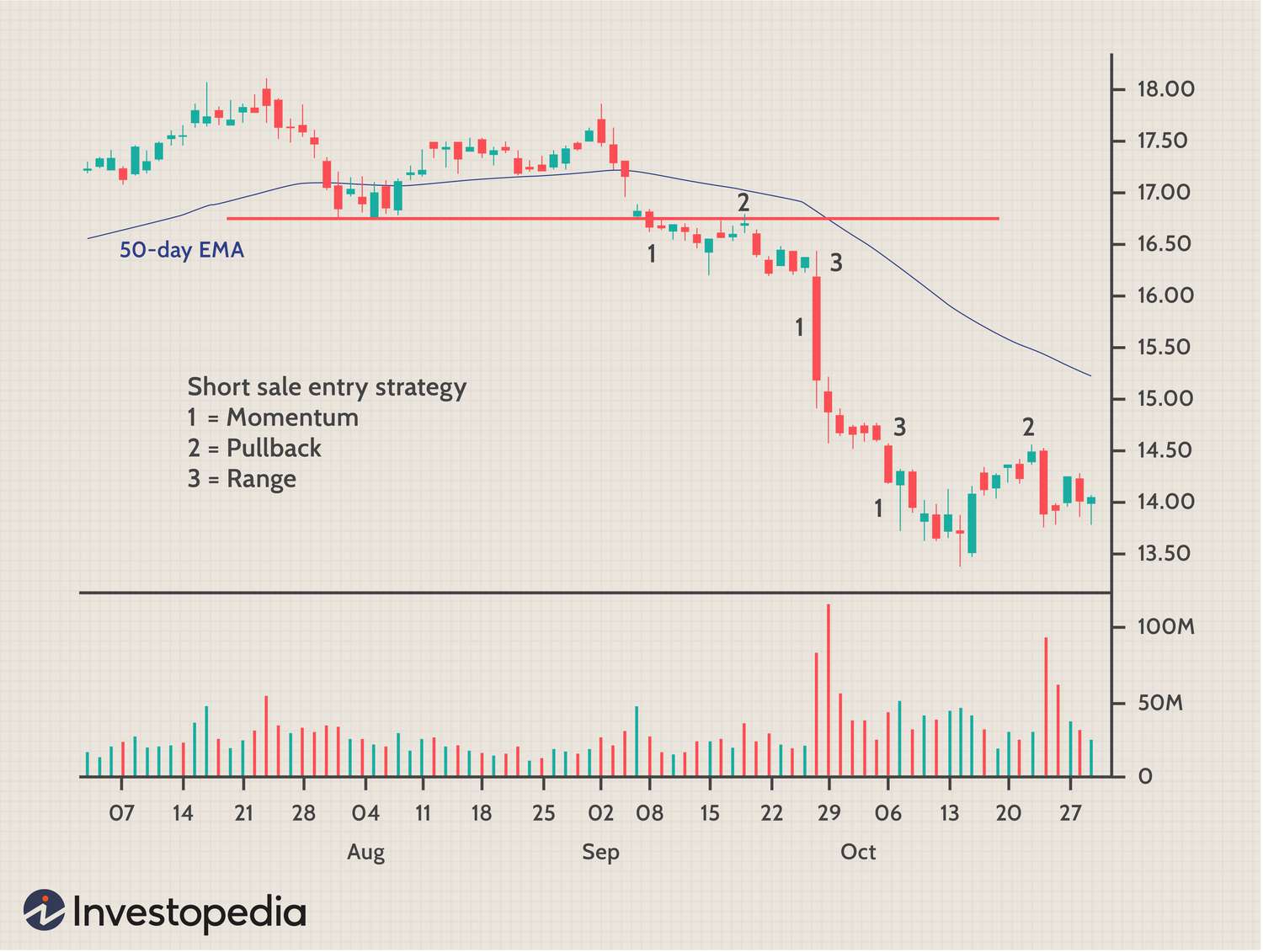When it comes to trading and investing, one of the key concepts to understand is the distinction between long and short positions. These terms refer to the direction a trader or investor takes when entering a trade or investment. In this article, we will dive deep into what long and short positions are, how they work, and why they matter in the financial markets.
Table of Contents
What is a Long Position?
A long position is when a trader or investor buys an asset with the expectation that its value will rise over time. In other words, they believe the price of the asset will increase, allowing them to sell it at a higher price and make a profit. When you go long on a stock, for example, you are buying shares with the intention to sell them later at a higher price.
Long positions are commonly associated with bullish sentiment, as traders who go long are optimistic about the market’s future performance. They have a positive outlook and believe that the asset will appreciate in value.

Credit: www.amazon.com
What is a Short Position?
On the other hand, a short position is when a trader or investor sells an asset that they don’t currently own, with the expectation that its value will decline. They aim to buy it back later at a lower price, thus profiting from the price difference. Short selling is often used to take advantage of downward market trends or overvalued assets.
Short positions are correlated with bearish sentiment, as traders who go short anticipate a decline in the price of the asset. They believe that selling high and buying back at a lower price will allow them to profit.
Risk and Reward
Both long and short positions come with their own set of risks and rewards. When you go long, the potential for profit is unlimited, as there is no cap on how high an asset’s price can go. However, the risk lies in the possibility of the asset’s value decreasing, resulting in loss.
Short positions operate differently. When you go short, the maximum profit you can make is limited to the price at which you sold the asset, as it can only drop to zero. However, your risk is potentially unlimited, as the asset’s price can theoretically increase infinitely.
Long vs. Short in Different Markets
The concept of long and short positions applies to various financial markets, such as stocks, commodities, and currencies. In the stock market, going long is the most common strategy, as investors believe in the long-term growth potential of companies. Short positions, while less common, are used to hedge against market downturns or bet on the decline of specific stocks.
In the commodities market, both long and short positions are prevalent. Traders may go long on commodities like gold or oil to take advantage of rising global demand. Conversely, short positions in commodities can be used to speculate on falling prices or to hedge against potential losses.
In the currency market, going long or short is a fundamental strategy. For instance, traders may go long on a currency pair if they believe one currency will strengthen against another. Conversely, short positions can be taken if they anticipate a currency’s value will weaken.

Credit: www.udemy.com
Conclusion
Understanding the difference between long and short positions is essential for anyone participating in the financial markets. Both strategies have their own benefits and risks, and choosing the right approach depends on the trader’s perception of the market’s direction.
While long positions are associated with bullish sentiment, short positions cater to the bearish market sentiment. Being aware of these terms gives traders flexibility in adapting their strategies to different market conditions, ultimately leading to successful trading and investing.
